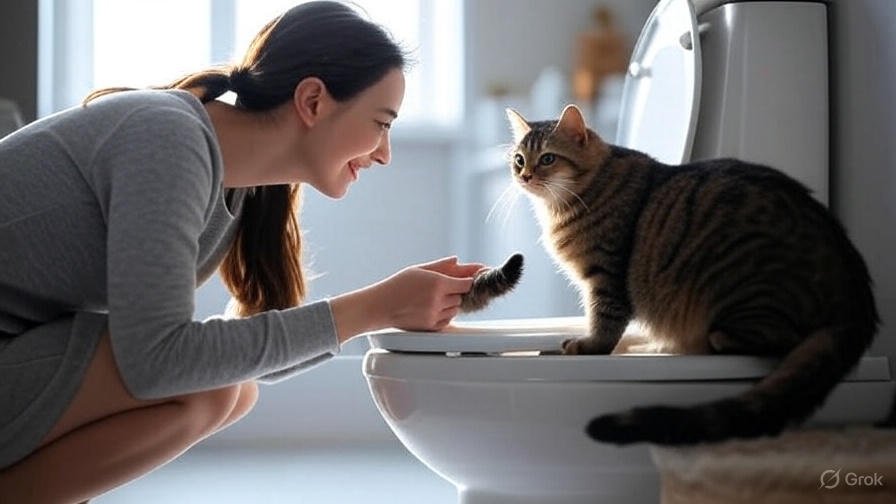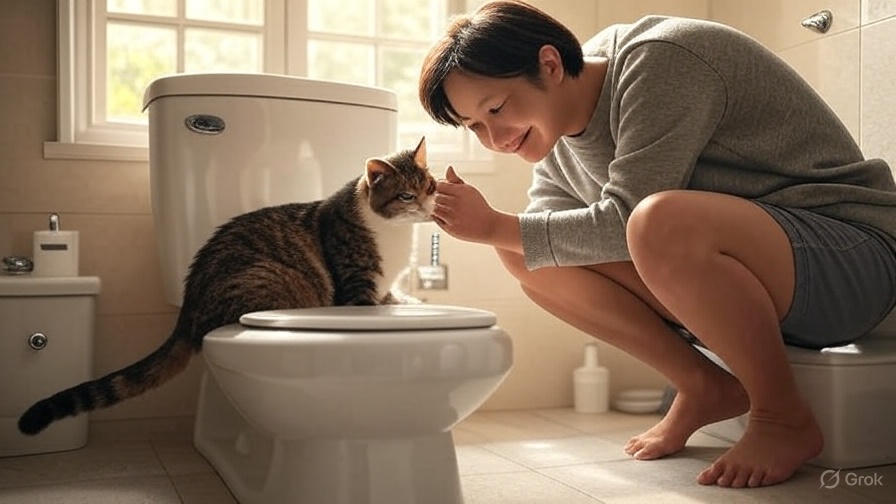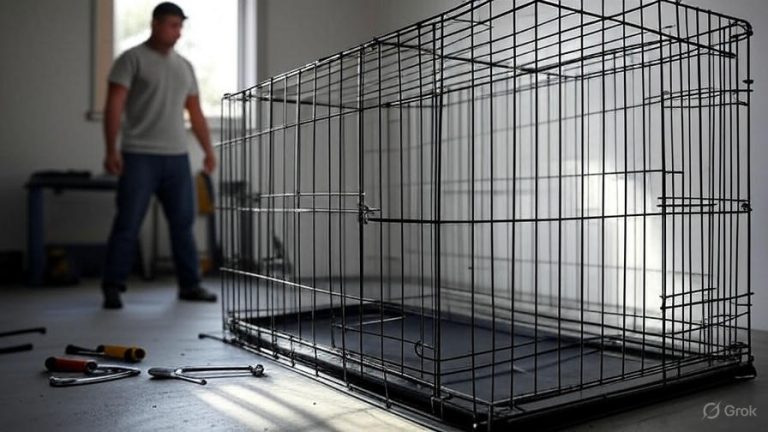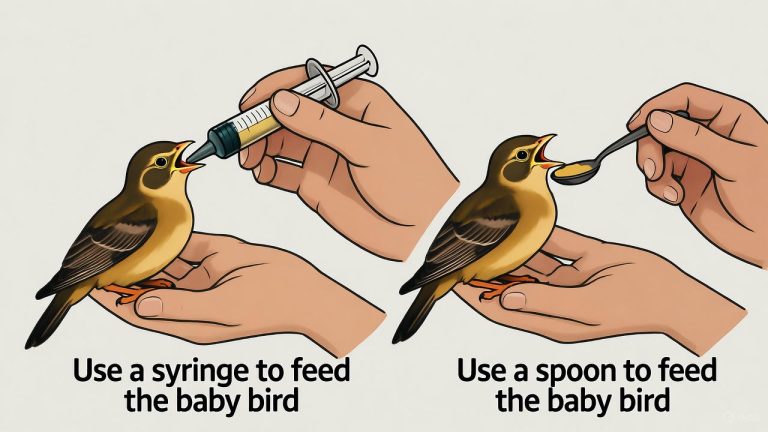How to Teach Your Cat to Use the Toilet?
Training your cat to use the toilet might sound like an impossible dream, but thousands of pet owners have successfully made this transition. This comprehensive guide walks you through the entire process, from preparation to celebration, helping you transform your feline friend into a toilet-trained companion.
Why Train Your Cat to Use the Toilet?
The benefits of toilet training cats extend far beyond the novelty factor. First, you’ll eliminate the daily chore of scooping litter boxes, saving both time and effort. Second, you’ll reduce household odors significantly since waste gets flushed away immediately rather than sitting in a box. Third, you’ll save money on litter, which can cost hundreds of dollars annually for multiple cats.
Cat toilet training also creates a more hygienic environment in your home. Traditional litter boxes harbor bacteria and can track dusty particles throughout your living space. When cats use toilets, these issues disappear entirely. Plus, you’ll never again face the embarrassment of guests encountering unpleasant litter box smells.
Is Your Cat Ready for Toilet Training?
Not every cat makes an ideal candidate for bathroom training. Age plays a crucial role in success rates. Cats between six months and ten years old typically adapt most easily to new routines. Very young kittens lack the coordination needed, while senior cats often resist major changes to their established habits.
Health status matters enormously in this process. Cats with arthritis, hip problems, or other mobility issues may struggle to balance on toilet seats. Similarly, cats with digestive problems or urinary issues need easy litter box access and shouldn’t attempt toilet training until their health improves.
Temperament significantly influences training success. Confident cats who adapt well to changes usually excel at toilet training. Anxious or skittish cats may become stressed by the process and should stick with traditional litter boxes. Multi-cat households face additional challenges since cats often prefer privacy for elimination.
Essential Supplies for Cat Toilet Training
Before starting the training process, gather all necessary materials. You’ll need a cat toilet training kit, which typically includes plastic inserts that fit inside your toilet bowl. Several commercial brands offer these systems, with CitiKitty and Litter Kwitter being popular options.
Stock up on flushable litter designed specifically for toilet training. Regular clay litter clumps too much and can clog pipes, while flushable varieties dissolve safely. You’ll also need your cat’s current litter for the transition phases.
Prepare cleaning supplies including disinfectant spray and paper towels. Accidents happen during training, and quick cleanup prevents setbacks. Keep treats nearby for positive reinforcement when your cat shows progress.
Consider installing a step stool near the toilet if your cat is small or elderly. Easy access reduces stress and encourages consistent use of the toilet.
Phase One: Moving the Litter Box
Start toilet training by gradually relocating your cat’s litter box closer to the bathroom. Move the box just a few inches each day until it sits directly beside the toilet. This process typically takes one to two weeks, depending on how your cat responds to the changes.
During this phase, maintain your cat’s normal litter and cleaning routine. Any sudden changes might create anxiety and derail the training process. Watch your cat’s behavior carefully for signs of stress or resistance.
Once the litter box reaches the bathroom, let your cat adjust to this new location for several days. Some cats adapt immediately, while others need extra time to feel comfortable eliminating in a different room.
Phase Two: Elevating the Litter Box
Next, begin raising the litter box to toilet height. Use sturdy materials like phone books, magazines, or wooden boxes to create a stable platform. Increase the height by just a few inches every few days, allowing your cat time to adjust to each new level.
Safety becomes paramount during this phase. The elevated litter box must remain completely stable to prevent falls or injuries. Test the platform’s stability before allowing your cat to use it. Wobbly surfaces will frighten cats and create negative associations with the training process.
Monitor your cat closely during this elevation period. Some cats embrace the challenge immediately, while others may show reluctance or fear. Never rush this phase, as forcing progress often leads to complete training failure.
Phase Three: Introducing the Training Kit
Once your cat consistently uses the elevated litter box, introduce the toilet training kit. Remove the litter box entirely and place the training insert inside the toilet bowl. Fill the insert with a small amount of flushable litter, creating a familiar scent and texture.
The first training insert typically has a small hole in the center, allowing waste to fall into the toilet water below. This design helps cats gradually adjust to the idea of eliminating over water rather than solid surfaces.
Expect some initial confusion during this transition. Cats may circle the toilet, sniff extensively, or even refuse to use it initially. Patience proves essential here. Never punish or force your cat to use the toilet, as this creates fear and resistance.
Phase Four: Expanding the Center Hole
Training kits include multiple inserts with progressively larger center holes. Start with the smallest opening and gradually progress to larger ones. Each phase should last at least one week, though some cats need longer to feel comfortable.
As the hole size increases, reduce the amount of litter used in the insert. Cats slowly learn to balance on the toilet seat edges rather than stepping into litter. This transition requires considerable patience, as cats naturally prefer solid footing.
Watch for signs that your cat needs more time at each stage. Accidents outside the toilet, reluctance to use the bathroom, or obvious stress signals indicate you should slow down the progression.
Phase Five: Removing the Insert Completely
The final phase involves removing the training insert entirely, leaving only the open toilet bowl. This step often proves most challenging, as cats must now balance completely on the toilet seat.
Some cats master this transition quickly, while others may take several weeks or even months. Keep the bathroom door open at all times, ensuring your cat has constant access when needed.
During this phase, accidents become more likely. Clean up immediately without scolding your cat. Negative reactions can undo weeks of progress and create lasting anxiety around toilet use.

Common Challenges and Solutions
Many cats experience setbacks during toilet training. Accidents happen frequently, especially during phase transitions. When accidents occur, thoroughly clean the area with enzyme-based cleaners to eliminate odors that might attract repeat incidents.
Some cats develop a fear of falling into the toilet water. Lower the toilet seat completely and consider placing a non-slip mat around the toilet base for better traction. These modifications help anxious cats feel more secure.
Cats may refuse to use the toilet for defecation while accepting it for urination, or vice versa. This partial success still represents progress. Continue the training process patiently, as full acceptance often comes with more time and practice.
Maintaining Success After Training
Once your cat consistently uses the toilet, establish a maintenance routine. Keep the toilet seat up at all times, as cats cannot lift heavy seats independently. Clean the toilet bowl regularly with cat-safe products, avoiding harsh chemicals that might deter use.
Consider installing a toilet seat designed specifically for cats. These seats feature smaller openings that provide better security for nervous cats. Some models include built-in steps for easier access.
Create backup plans for situations when the toilet isn’t available. During parties or when guests occupy the bathroom for extended periods, provide a temporary litter box to prevent accidents.
Troubleshooting Training Problems
If your cat stops using the toilet suddenly, investigate potential causes. Medical issues, household stress, or changes in routine can trigger regression. Schedule a veterinary checkup to rule out health problems.
Environmental factors might also influence toilet use. Loud noises, bright lights, or unfamiliar scents in the bathroom can deter cats. Create a calm, quiet environment that encourages consistent toilet use.
Some cats never fully adapt to toilet training despite months of effort. This outcome doesn’t represent failure on your part or your cat’s. Some cats simply prefer traditional litter boxes, and forcing the issue creates unnecessary stress for everyone involved.
Alternative Training Methods
While commercial training kits work well for many cats, some pet owners prefer DIY approaches. You can create homemade training inserts using aluminum roasting pans with progressively larger holes cut in the center. This method costs less but requires more manual effort.
Gradual litter reduction represents another approach. Some trainers reduce litter amounts slowly while maintaining the same container, eventually transitioning to an empty box before moving to the toilet. This method works well for cats who struggle with dramatic changes.
Health Considerations During Training
Monitor your cat’s elimination habits closely throughout the training process. Changes in frequency, consistency, or difficulty could indicate health problems that require veterinary attention. Toilet training should never compromise your cat’s health or comfort.
Ensure your cat maintains adequate water intake during training. Some cats drink less when their bathroom routine changes, potentially leading to urinary problems. Provide multiple water sources and consider adding wet food to their diet.
Watch for signs of stress including excessive grooming, appetite changes, or behavioral problems. These symptoms suggest the training process is moving too quickly or causing undue anxiety.
Final Thoughts on Cat Toilet Training
Training your cat to use the toilet requires patience, consistency, and realistic expectations. The process typically takes three to six months, though some cats need even longer. Success rates vary widely, with approximately 75% of cats eventually mastering toilet use.
Remember that toilet training isn’t right for every cat or every household. Cats with mobility issues, multiple cats sharing one bathroom, or cats with anxiety disorders may fare better with traditional litter boxes. The decision should always prioritize your cat’s comfort and well-being over convenience.
When successful, toilet training creates a cleaner, more convenient living environment for both cats and their human companions. The initial investment of time and effort pays dividends for years to come, eliminating litter box maintenance while reducing household odors and mess.
Start the process slowly, celebrate small victories, and maintain patience throughout the journey. Your persistent efforts will likely result in a toilet-trained cat who brings pride and amazement to your daily routine.







